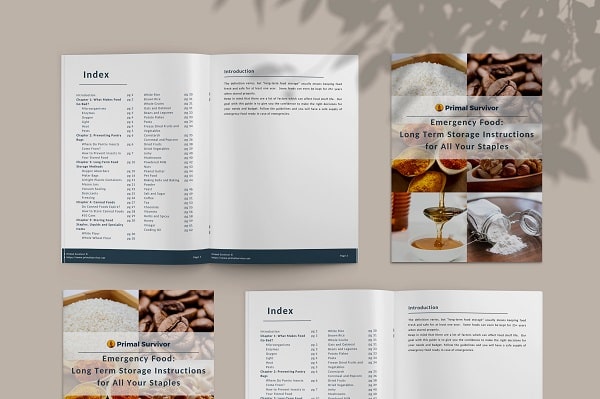Dehydrating is one of my favorite methods of food preservation. It’s cheap and healthy, and you can dehydrate many foods you might not consider. For example, I love dehydrating hummus, eggplant jerky, and even entire meals.
But, while there are dozens of foods you can dehydrate, some foods simply don’t dehydrate well.
Here’s a list of foods you cannot dehydrate, plus some hacks to make the foods better suited for dehydrating. To learn more about dehydrating, read this Expert-Level Guide to Food Dehydrating.
Whole Berries
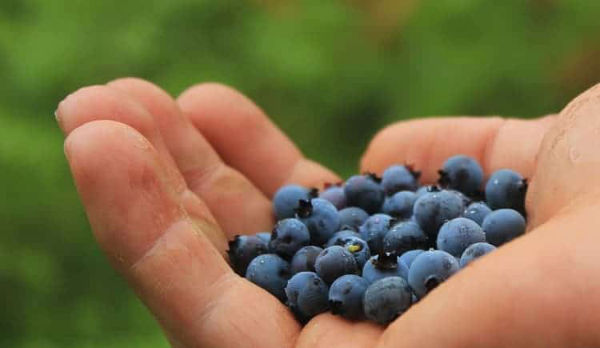
Blueberries, raspberries, blackberries, and many other berries have thick skin around them. The skin does an incredible job of trapping water inside. If you try to dehydrate whole berries, the moisture won’t be able to escape from the skin.
Hack:
Smash the berries a bit to break the skin. Then moisture will be able to escape, and you can easily dehydrate them.
Peanut Butter
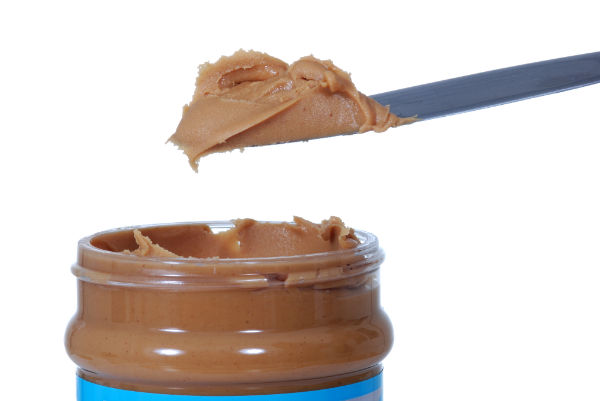
Peanut butter is approximately 50% fat by weight. Fat doesn’t dry out, so if you try dehydrating peanut butter, the fats will oxidize and go rancid.
Hack:
If you want to dry peanut butter, you’ll need to add a starch like maltodextrin to it. This will bind to the fats, dry them out, and turn the peanut butter into a powder.
You can also buy commercially produced peanut butter powder.
Avocado
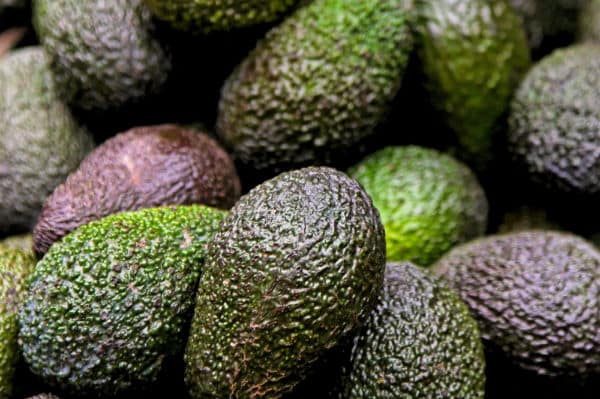
Like peanut butter, avocado is too fatty to dehydrate. Theoretically, you could use maltodextrin to turn the avocado fats into a powder. I don’t know anyone who has had success with this. Sorry, but you’ll have to freeze avocados if you want to store them long-term.
Meat
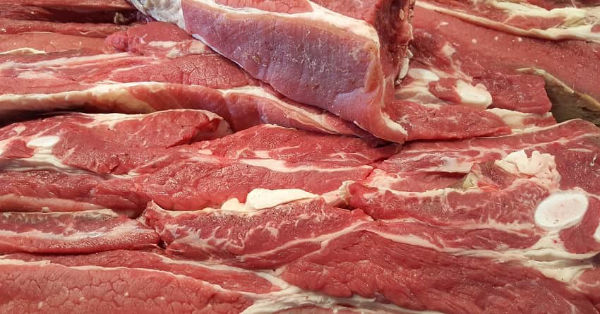
Sorry to break it to you, but most home dehydrators cannot dehydrate meat safely (safety being the main issue here).
Meat must reach a temperature of 160F to kill bacteria and other pathogens. Most dehydrators – especially vertical flow dehydrators – don’t provide a consistent temperature throughout. The bottom racks might reach 160F, but the top racks can be a much lower temperature. See our picks for best food dehydrators.
Hack:
To ensure all pathogens in the meat are killed, you can either boil the meat (in a marinade for flavor) before dehydrating or bake the meat after dehydrating. You might consider salt curing instead.
Raw Carrots
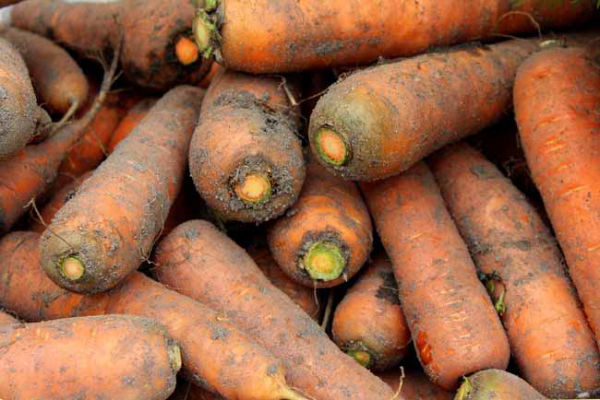
Yes, you technically can dehydrate raw carrots. However, they turn into incredibly hard rocks. Try to snack on these carrot rocks, and you will experience some nasty indigestion. Even rehydrating dehydrated raw carrots doesn’t work very well. I’ve tried boiling them for over an hour, and they remain chewy and tough to digest.
*The same applies to many other vegetables with hard fibers (celery, parsnip, broccoli, beets…).
Hack:
First, cook tough vegetables to soften their fibers. Drain and let cool before dehydrating. Then, they will rehydrate quickly and are great in soups and stews. Read about dehydrating vegetables here.
Juice

Most fruit juices are 85%-90% water. Dehydrating all this water would take a very long time. Even if you went through the messy process, you’d only be left with a tiny amount of fruit powder. It’s simply not worth it.
Hack:
Canning is much better for preserving juices. Read about canning here.
Eggs
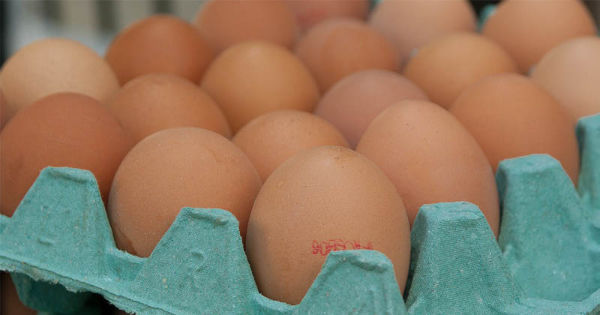
Some people say they have had success using dehydrated eggs in baking. But, in general, dehydrating eggs is a terrible idea because the egg proteins harden. Rehydrating doesn’t work well with eggs; they remain gummy and gross.
Hack:
Buy freeze-dried eggs instead. The freeze-drying process is completely different than dehydrating and gives excellent results with eggs. Read about freeze-drying here and freeze-drying vs dehydrating.
Olives
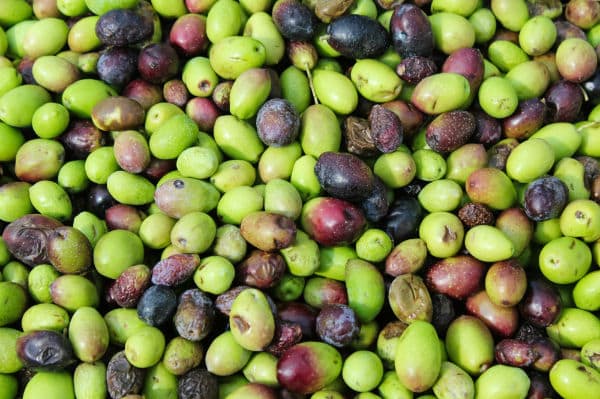
Olives are another example of food that is too fatty to dehydrate.
Hack:
You can dehydrate olives as long as they are blended with other low-fat ingredients. For example, I blend olives with cooked veggies and tomatoes to make a pasta sauce. Because the olives are just a small percentage of the sauce and are dispersed throughout, the entire sauce can be dehydrated. I also make yummy dehydrator crackers with olives blended into the mix.
Yellow Cheeses
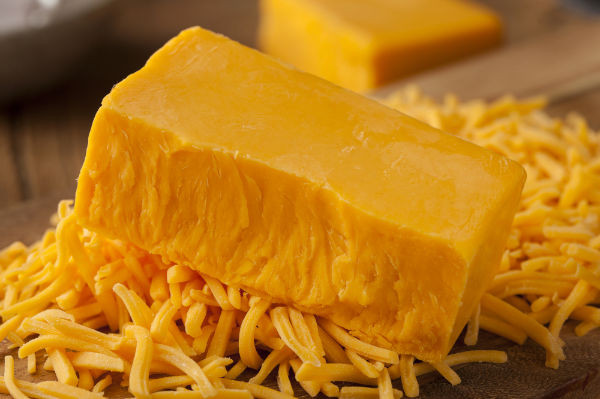
I’ve heard of people dehydrating cheeses like cheddar, American, and gouda. After dehydrating shredded cheese at the lowest setting, they blend the dried globs into a powder.
While this technically does work, it doesn’t make sense to do. The high-fat content of yellow cheeses means that the dried product will go rancid quickly. It also doesn’t rehydrate well.
Hack
White cheeses (like goat feta or cottage cheese) have much less fat than yellow cheeses. (2) This makes them a better candidate for dehydrating. You can cut feta into small cubes and dehydrate to make a salty snack. It still goes bad rather quickly, though. You are probably better off just buying freeze-dried cheese powder.
Cooked Whole-Grain Rice
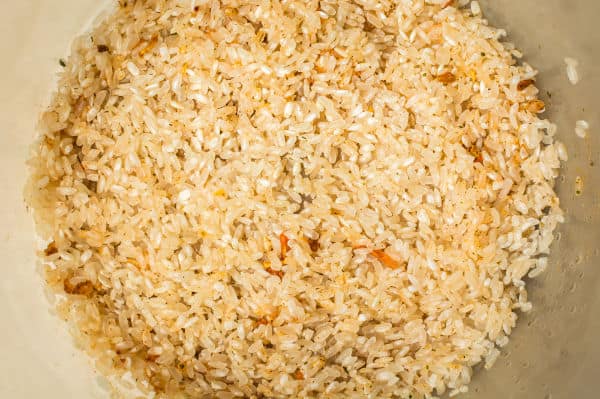
I often dehydrate cooked grains/carbs like pasta, buckwheat, and quinoa to take with me backpacking. My reason for doing this is to save fuel: it would take me 20+ minutes of cooking in the field to make quinoa. By contrast, I can rehydrate dehydrated quinoa in a matter of minutes.
Unfortunately, this same trick doesn’t work for whole-grain rice. It takes about 30 minutes of boiling to rehydrate dehydrated whole-grain rice, which is the same amount of time it would take to cook it raw.
Hack
Blend cooked whole-grain rice (or another grain of choice) with some cooked veggies and lots of seasonings. Spread the mushy mixture onto dehydrator trays to make your own crackers.
Nuts and Seeds
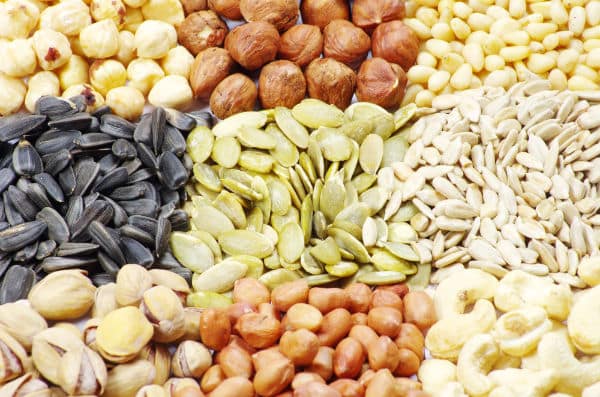
By themselves, nuts and seeds have too much fat to be dehydrated for long-term storage.
Hack
I’ve successfully used nuts and seeds in dehydrated crackers, sauces, and spreads. For example, I blend sunflower seeds with tomato sauce and veggies, then dehydrate the mixture. It lasts about 4 weeks and rehydrates in minutes (making it great for my backpacking trips or whenever I need a quick meal).
Butter
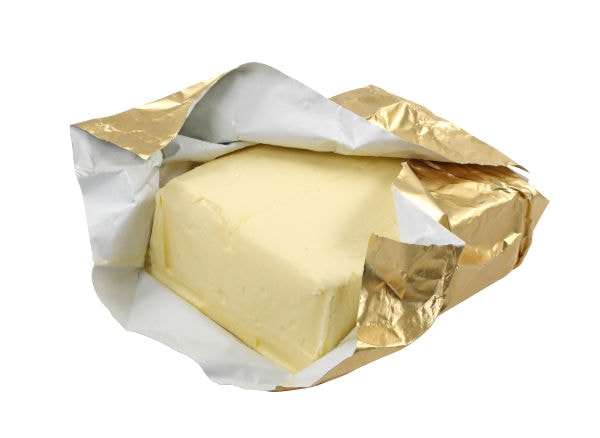
You cannot dehydrate butter. According to FDA standards, butter must contain at least 80% butterfat — and we know that fats don’t dehydrate and will go rancid quickly. Further, butter is made by whipping those fats with water. With the water dehydrated, the butter becomes “un-whipped,” you are left with an oily mess on the dehydrator.
Grapes
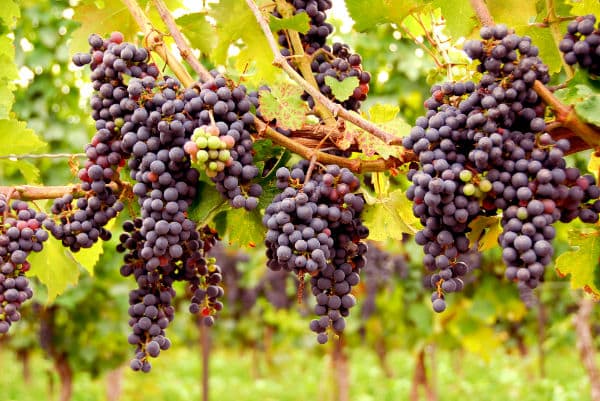
I once made the mistake of trying to dehydrate grapes. The result was a brittle piece of grape skin with an unpleasantly bitter seed inside. While grape seeds are edible and even healthy, you don’t want to snack on them.
Hack
You can dehydrate seedless grapes whole. Otherwise, you must cut the grapes and remove the seeds before dehydrating. It’s a major pain. You might as well make juice or wine from the grapes instead. 🙂
